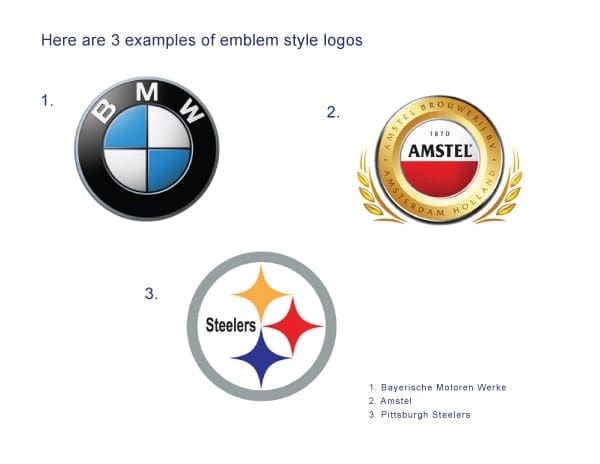

However, it’s important to ask the question: “Why do I need a pictorial?” or “What kind of symbol should I visualize?” Quite clever!Ĭharacters and pictorials are an excellent way to create a mark for your business. Interestingly, this treatment also forms the shape of a smile. Well, the Amazon logo has an arrow pointing from A to Z, which signals to the world that they sell everything from A to Z. This graphic treatment represents Michael Dell’s vision to “turn the world on its ear”.Īnother famous logo: Amazon. However, something interesting in happening.ĭesigned by the brand consulting firm Siegel+Gale (many of my followers know that I worked briefly for this company in Dubai, UAE), the Dell logo shows a slanted ‘e’. Clearly, they are using more of a wordmark treatment. The question to ask yourself is: “How does treating the wordmark in a creative way help to tell a story about your company and brand?”Ĭheck out the Dell and Amazon example. Don’t get creative just for the sake of it.

Adding too many graphics, colors or flying objects can impact a person’s ability to read the name of your brand. Don’t compromise legibility with creativity.Pitfalls to avoid when getting creative with wordmarks: For example, color is an integral part of the Coca Cola and Google wordmark. Here’s where color and typesetting come into play. This type of logo is also a simple and straightforward approach but it is often a method of logo design that allows for creativity of expression within a set of parameters (meaning the letters of your company name). There’s a bit more design thinking involved in creating a logo. Creating a logotype isn’t as simple as using ‘Times New Roman’ or ‘Comic Sans’ and spelling your company name. We recommend using typefaces that are appropriate for your industry or your target audiences. Now, here’s a tricky part: In a previous blog, we talk about typefaces having a distinct personality. But, for now, simply know that you can use color to differentiate your logo from your competitors. The choice is ultimately part of a larger design conversation. Other times, it might be useful to have a dynamic color system in your logo. Sometimes you can get away with just a black logo. We’ve tightened both the kerning and leading of each letter and word to create the unique shape. Note: You can look at the Branding For The People logo as an example. This is relevant when it comes to stacked logos. The leading, which is defined by the space between each line.There are design principles and psychology involved when it comes to letters being condensed or spaced out (expanded). The kerning, which is defined by the space between each letter.However, there are five considerations to help make this type of logo distinct and professional:

Many luxury retailers use this approach, as do many Fortune 500 companies. This is probably the most simplest approach to logo design. Here’s a high-level overview of different types of logos along this spectrum. Many times, entrepreneurs place ALL the pressure and responsibility of their branding on their logos, thinking that the image must communicate every aspect of their business.Ī strategic approach to logo design is to determine how literal versus abstract do you need the logo to be, and to reduce complexities to be easily memorable while also communicating major messaging about the brand. However, when it comes to logo design, there is one huge problem we see consistently in the entrepreneurial space. Different expressions can be conveyed by different types of logos.Ī logo can be powerful and instrumental in establishing your mark in the business world. Why? Because it’s usually the first expression of your brand that a person will see. In fact, it can be a central component to building your brand. Many branding agencies, including us, will tell you that your brand is much more than a logo.īut that doesn’t mean your logo isn’t important.


 0 kommentar(er)
0 kommentar(er)
